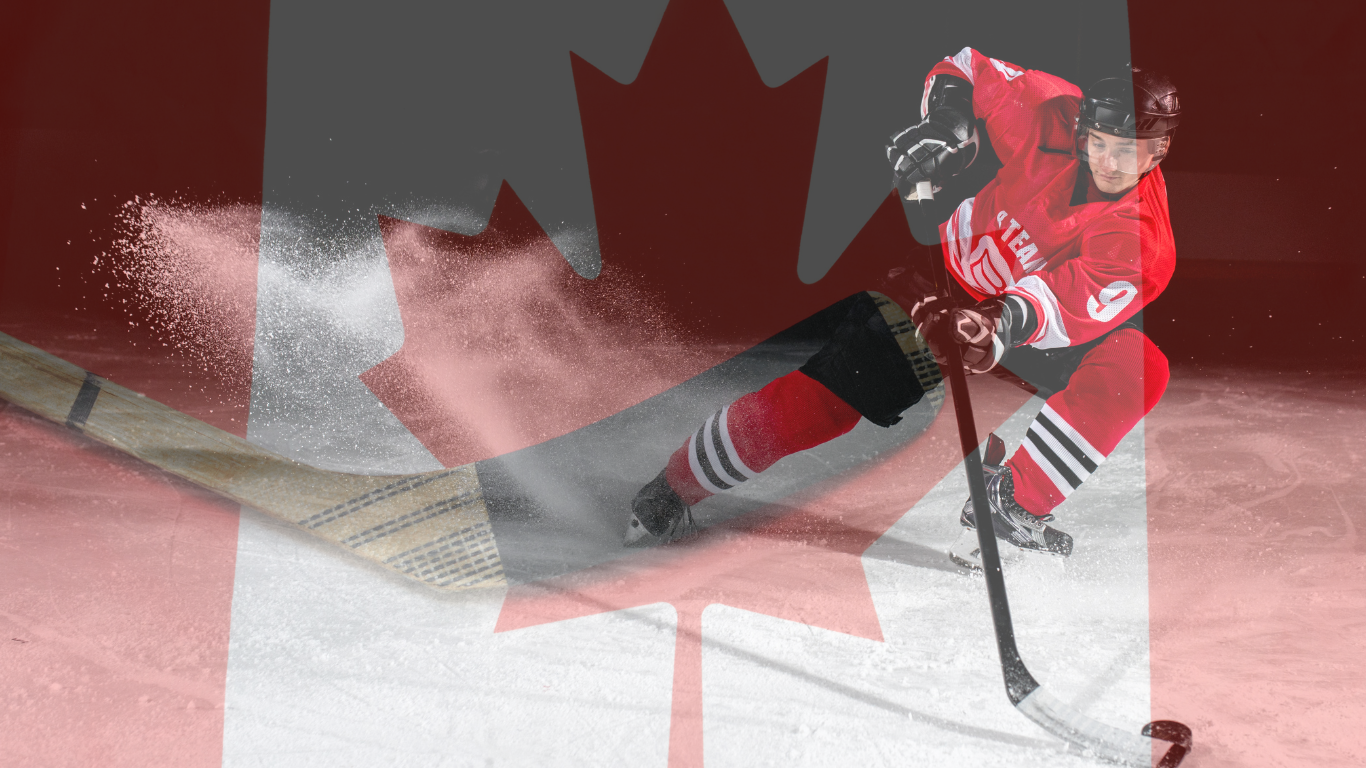In the National Hockey League, the specifics of injuries are generally kept pretty quiet. Hockey is a notoriously violent game, and one theory is that teams may want to keep injuries secret so as to keep their players from receiving targeted fouls on their most vulnerable areas.
Additionally, an increased need for privacy around health as a result of the pandemic has led to some league wide measures to keep injuries quiet.
In this article, we’re taking a deep dive into injuries in the NHL – and why there’s so much secrecy around them in the media.
What is the most common NHL injury?

Whether or not it is the case that it has an effect on play, typically, teams are cryptic in what they disclose about injuries. Classically, they refer to upper-body or lower-body injury, and up until recently, that has been the standard. Due to this, specific statistics can be hard to come by for the NHL.
According to one study, ‘Lower Body’ injuries account for 20% of those reported and ‘Upper Body’ 15% of the total. Concussion accounted for around 12%, meaning that (in terms of what’s disclosed), injuries to the head area are the largest proportion.
What percentage of NHL players get injured?
A study conducted in 2014 showed that on average, in the NHL, 50.9% of players took time off from playing due to injury. This means that one in every two players is affected by some kind of injury – when you consider that fighting in NHL is relatively common, you can see how less scrupulous teams could gain a competitive advantage by knowing how to target fouls.
That said, there are a number of published examples of players at the very least saying publicly that they don’t try to attack areas that they think are injured on their opponents’ bodies. However, ‘targeting’ as it’s known is cited by many as the reason why the NHL is so cagey.
So is it just the fear of ‘targeting’ that makes teams keep things secret with regards to injuries?
‘Targeting’ is the most common reason that we’ve been presented with historically, but it’s far from being the only one. Another reason is that coaches may want to protect their players from unwarranted media attention. To me, this seems to be only a partial reason. If a player is in the NHL, they’re going to get a certain amount of media attention whether or not they are injured.
In 2018, Dallas Stars coach Ken Hitchcock decided to break with this trend and to disclose the exact cause of injuries within hours of them happening, with the rationale being to promote transparency in the sport, for the sake of the fans and the reputation of the team. A brave move. But what is it that threatens a teams ‘reputation’?
This brings us to another reason why a team might be secretive about the specifics of their injury – a coach will be under scrutiny for sending a player back out into the rink if they have a potentially dangerous concussion. In a sport where long-term head injuries are increasingly becoming a concern, it’s not a good look to be risking the health of their players like that.
Why does it matter to the fans whether or not they know what injuries players have?
Because for many fans, gambling is a big part of the draw of the game. Fantasy leagues, gambling odds and more all depend on having a decent idea about how injured a player is – it help people make informed decisions about where they should be putting their money.
Aside from gambling, hiding this kind of information from fans also has the effect of distancing the sportspeople from it’s audience.
So why did the league issue a gag on talking about injuries last year?
Since the start of the pandemic, things have become even more obfuscated due to a gagging order from the top brass of the league. Not even disclosing whether or not a person is injured (and therefore not present for a game), teams have been ordered to describe any players not present at a game as being ‘unfit to participate”.
I suspect that this has been partially brought on by the requirements for players to have a clear covid test before going out on the rink, meaning that there is going to be significantly more absences due to inconclusive, or delayed test results.
Were they to disclose whether or not a player was missing a match due to a COVID test, players might become less and less likely to report symptoms, meaning that the risk for whole teams, and indeed the league, would increase greatly.
Keeping this information private means that there’s no discincentive for players to get COVID tests. The side-effect is that an already secretive policy around injuries has been bumped into overdrive, although many players report that they’re glad not to have the additional attention in an age where privacy usually comes at a premium.
Has hockey always been this secretive?
There is a certain amount of secrecy that is just a part of the national hockey culture.
Aside from injuries, it’s not uncommon within hockey not to know who’s even playing in a given game until thirty minutes before the game starts, when the team starts doing warm-ups. It’s no surprise that less money is bet on hockey than any other major sport in America, given the amount of secrecy and uncertainty.
Pat Quinn, the former lawyer who came up with the “upper-body”/”lower-body” distinction for reporting injuries at least had a sense of humour about it. He reputedly said in an interview that the media has a “middle-body” problem – referring to the fact that he thought they were a “pain in the ass”. Big surprise that he used to be a lawyer, eh?
At any rate, I would take this as fairly conclusive proof that this hockey coach, at least, was willfully obscuritan when it came to the media.



